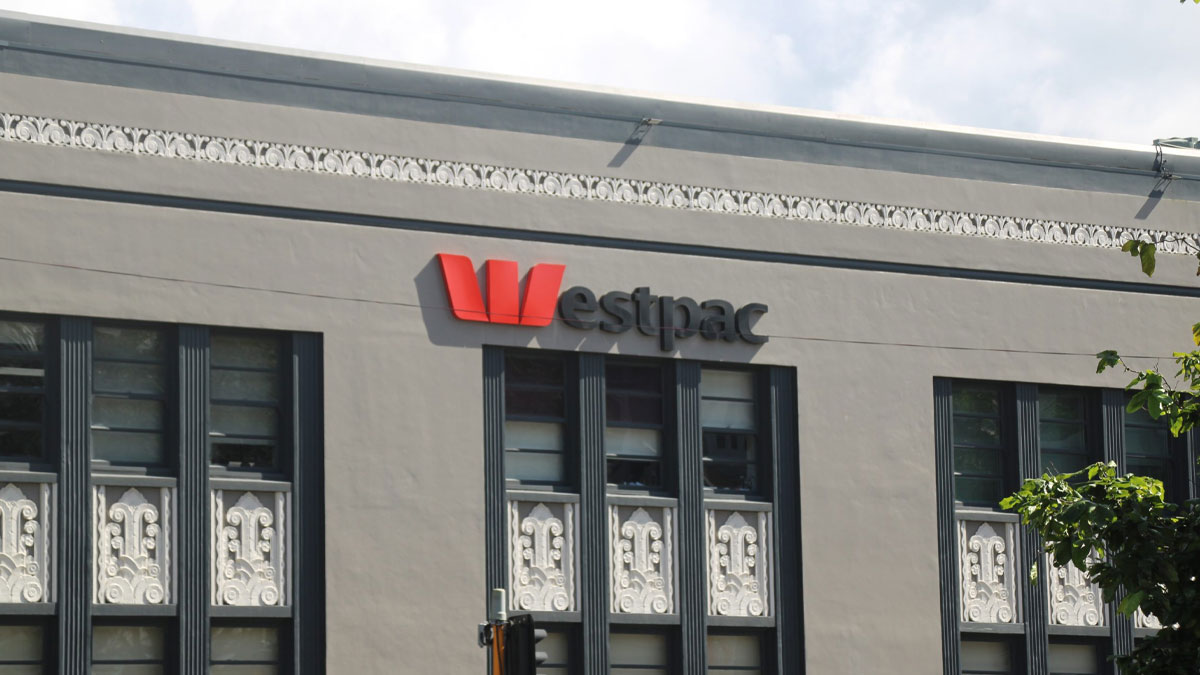
The current high inflation is expected to persist for most of first half of 2024 before starting to recede in the third quarter, getting down to 3.1 percent by year-end.
According to the Westpac Wave Fiji Quarterly Economic Update May 2024, the annual average headline inflation is estimated at 4.3 percent for 2024 due to persistent inflation in food and non-alcoholic beverages categories as well as rising oil prices and high trading partner country inflation.
Fiji's headline inflation rate remained unchanged at 4.6 percent in the year to March 2024 as higher prices were noted across all major categories including food and non-alcoholic beverages (+7.3%), transport (+4.2%), housing, water, electricity, gas and other fuels (+2.3%), alcoholic beverages, tobacco and narcotics (+4.5%), household furnishings and routine maintenance (+2.2%), restaurant & hotels (+10.0%), and health (+7.6%).
Lower prices were noted for clothing and footwear.
It says the recent floods and adverse weather have been persistently pushing up food prices.
Westpac Wave says domestic prices have seen a continuous surge since July 2023, on the back of VAT rate hikes from 9 percent to 15 percent on non-zero-rated items, rising global shipping costs due to the ongoing Red Sea conflict and commodity price hike led by OPEC production cut, geopolitical tensions, and the Middle East crisis.
On the brighter side, shipping costs as indicated by Drewry’s World Container Index, have partially receded to US$2,929 per 40 Foot Box. However, shipping costs remain incredibly high compared to pre-pandemic levels preventing further much needed relief in inflationary pressure.
Westpac Wave says they have larger than usual caveats around their inflation forecasts given the underlying methodological issues in the headline inflation numbers regarding non-additivity between category indexes.
As suchm they are not surprised that the Fiji Bureau of Statistics will be revising the consumer price index (CPI) basket to reflect the current consumption patterns by using the 2019-2020 Household Income and Expenditure Survey.
Other highlights include the producer price index, which captures broad price trends received by producers of domestic goods, rose by 4.4 percent during the September quarter of 2023.
On the other hand, the building material price index at the end of 2023 declined by 3.8 percent, mainly drive by lower prices in cement, iron and steel and related materials.
The FAO Food Price Index declined by 7.7 percent (year on year) to 118.3 points in March 2024, as the increase in sugar prices were offset by decreases in meat, dairy, cereals and vegetable oil prices.
However, compared to February 2024, the FAO Food price index for March was up by 1.1 percent, with increases in meat, dairy and vegetable oil prices while declines were noted in cereal and sugar prices.
Stay tuned for the latest news on our radio stations

